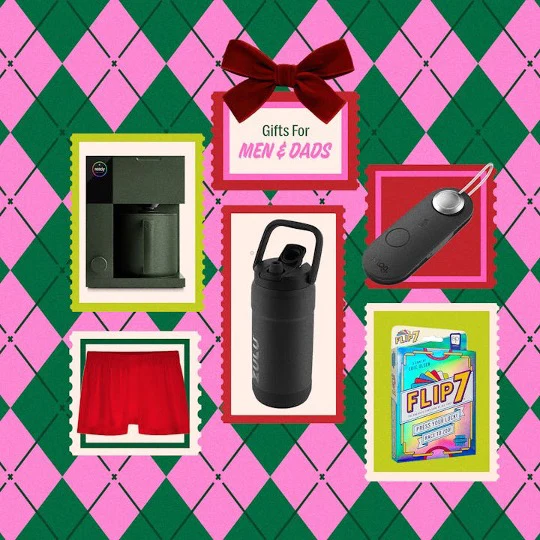

The 7 best backpacking water filters
Access to clean drinking water is never a guarantee in the wilderness, which is why a good filter is essential on your outdoor adventure. To remove bacteria, parasites, and other contaminants, the best backpacking water filters have a micron size of 0.4 or less, and they come in a range of styles, from gravity filters to straws.
The effectiveness of a portable water filter depends on the size of the pores in the filter itself, which is measured in microns. One micron is equivalent to 1/1,000 of a millimeter, and filters with smaller micron measurements will be able to filter out smaller particulates. Pores with a micron size of 1 or less can filter parasitic larvae, eggs, and protozoa, while a micron size of 0.4 or less will remove bacteria.
While water-borne viruses aren't typically a concern in North America, they're an important consideration when backpacking in developing countries. In those cases, it's best to opt for a water purifier (or use purifying tablets in addition to a filter) that eradicates viruses in addition to bacteria and protozoa.
With that said, the best lightweight hiking water filters come in a variety of styles —here's what to know, written by Vanessa Spilios.
From the Squad
Campfire conversations with our community, from Squad Members and Ambassadors to Brand Partners and the Sawyer team.

















